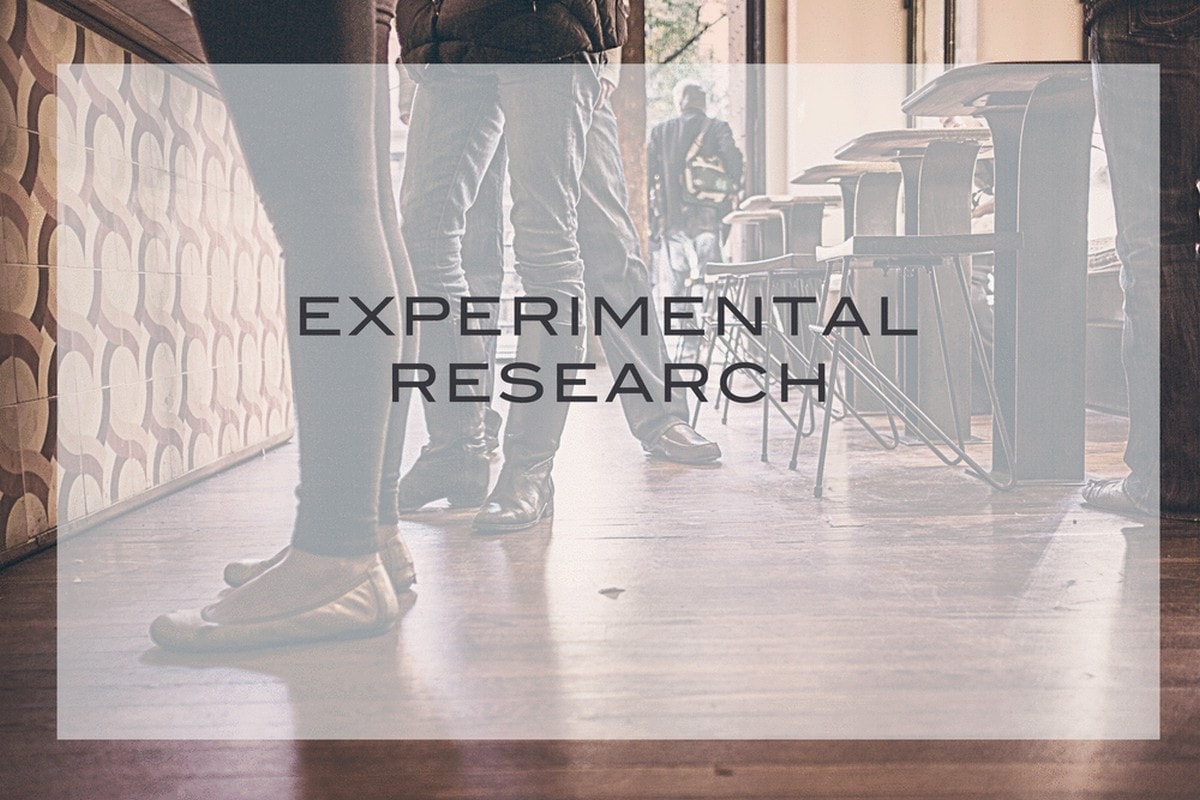
What is Experimental research? Experimental Market research explained
Experimental research
When we were in school, we used to carry out various types of experiments in our classes. The experiments were carried to find out the net results when different elements are mixed together. The same is the principle of Experimental research. In experimental research, the various elements which we are trying to control or manipulate are known as variables. By changing these variables, we can find out the ultimate result that we want in our organization. This change can then be implemented across the organization.
Table of Contents
Example of Experimental Research
If a company is into manufacturing of engineering products. However, even though the products are good, the market is not being captured. In the end, the company changes various factors including manufacturing, operations, HR and finally sales. Through different cause and effect experiments, the company finds out that there is a direct co relation between sales training and market coverage of the product. The better the sales person is trained for the technical product, the more positively the market will respond. Thus, this is the simplest example of Experimental research.
Explained simply, experimental research carries out a cause and effect experiment. This is to find out the difference, positive or negative, that a variable within a company can bring to the overall performance of the company. Thus, we have established the fact that Experimental research consists of variables. If in a car, there are different variables like car color, engine, comfort, mileage etc, then for all the different type of car manufacturers, experimental research was carried out to target the right customers. In essence, one single factor within the manufacturing unit was changed to find its net effect. If the effect was overall positive, the change was implemented or else it was discarded.
There are three main types of experimental research which is carried out to determine the cause and effect relationship between variables.
Controlled experimental research
Quite simply, controlled experimental research is when all outside factors are controlled. For example – an excellent example to understand controlled experimental research is the example of detergents. If a detergent, say Ariel, wants to check the difference that packaging makes to the purchase of the detergent then what will it do? It will ensure that all other conditions, including the display shelf of the detergent, the shop it is displayed in, and the buying factors all remain common as everyday. If it all remains common, and then with change of packaging, the sales goes up, then packaging has made a difference in the volumes sold of Ariel. Thus, this experimental research has been done with controlled environment.
Manipulated experimental research
Quite the opposite of controlled research, manipulated experimental research changes variables to obtain the desired effect. For example – if a cake shop wants to check whether adding extra flour will change the overall response, then it will add different amounts of flour and will check the response by customers. To actually check the net result, different concentrations of flour will have to be tested against the same customers. If the customers increase their consumption, or verbally indicate that one type of cake is better, then you have found the best recipe for yourself. Thus, in this case, there are many internal variables which can be alternated to find out the ultimate result.
Random experimental research
This experiment is a total of the above two experimental research types. For example – if we again take the packaging example of Ariel detergent, then this packaging will now be exposed to all types of stores and the external environment will not be controlled. Similarly there will be no internal manipulation, because the same new packaging will go in all stores. The net result will be that, on an average, the sale will either rise or drop. Thus, when you check the random results of changing one variable it gives you the average cause and effect because of changing those variables. Overall, this type of experimental research is also used widely in the market.








